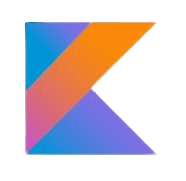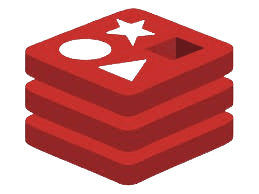About Clooud Gen
Clooud Gen stands at the forefront of web development, offering comprehensive services spanning from website construction to seamless backend-frontend integration. Our mission is to empower businesses with digital solutions that not only meet but exceed expectations. With a blend of expertise and passion, we redefine the digital landscape, one project at a time.
Why Choose Clooud Gen?
Join us at Clooud Gen, where we transform technological challenges into opportunities for growth and success. Let’s shape the future of your business together.
- Innovative Approach: We are constantly exploring new technologies and methodologies to deliver innovative solutions that meet the changing needs of our clients.
- Client-Centric Focus: Our clients are at the heart of everything we do. We work closely with you to understand your challenges and objectives, ensuring our solutions align with your business goals.
- Experienced Team: Our team comprises seasoned professionals with deep expertise in software development, cloud computing, data analytics, AI, and IT consulting. Their combined knowledge and experience enable us to tackle even the most complex projects.
- Commitment to Quality: Quality is paramount at Clooud Gen. We adhere to rigorous quality standards and best practices to ensure our solutions are reliable, efficient, and effective.
- Agility and Flexibility: In today’s fast-paced world, agility is crucial. We pride ourselves on our ability to adapt quickly to changes and deliver solutions that are flexible and scalable.

© 2025 Clooud Gen all rights reserved.













